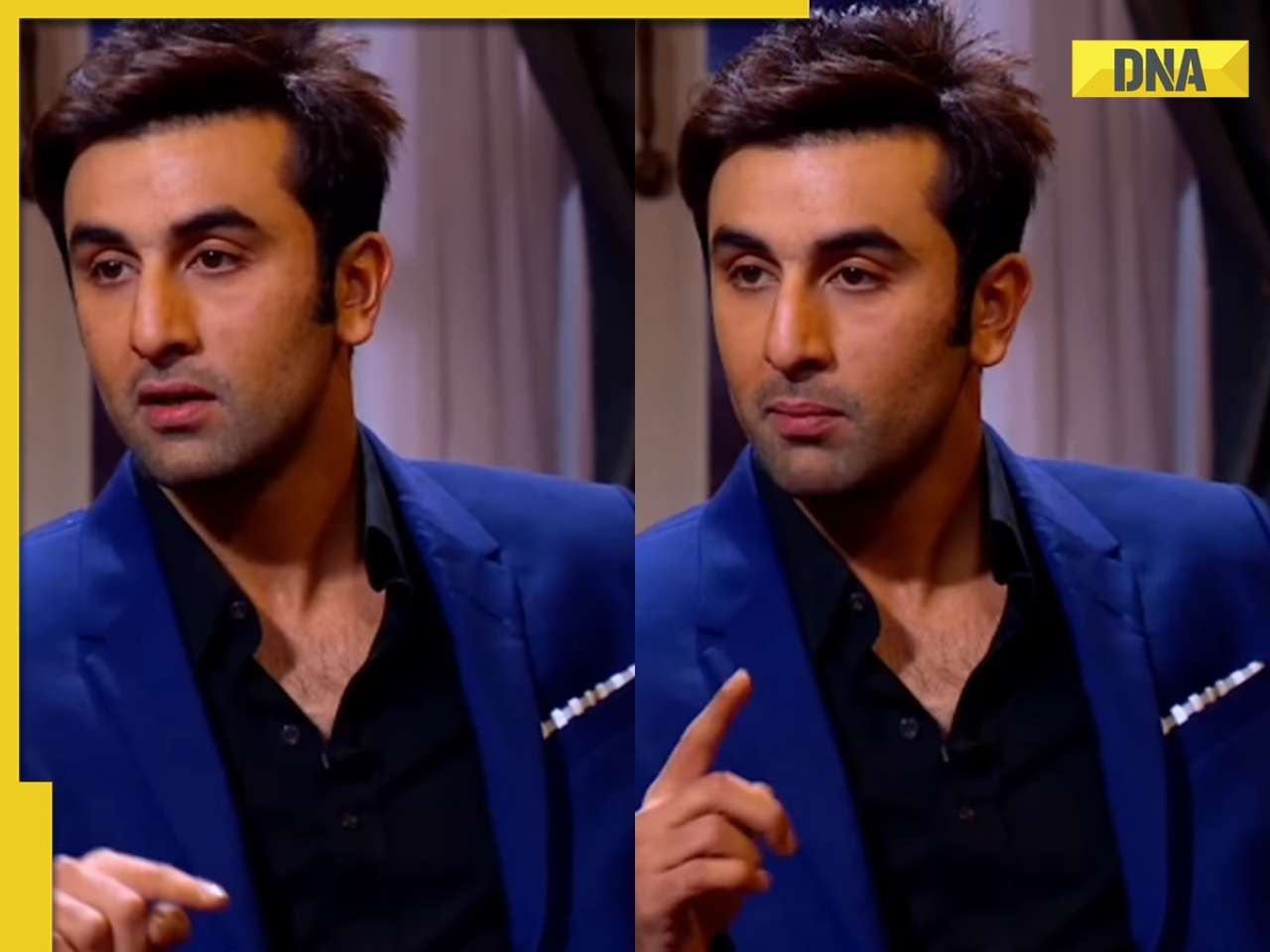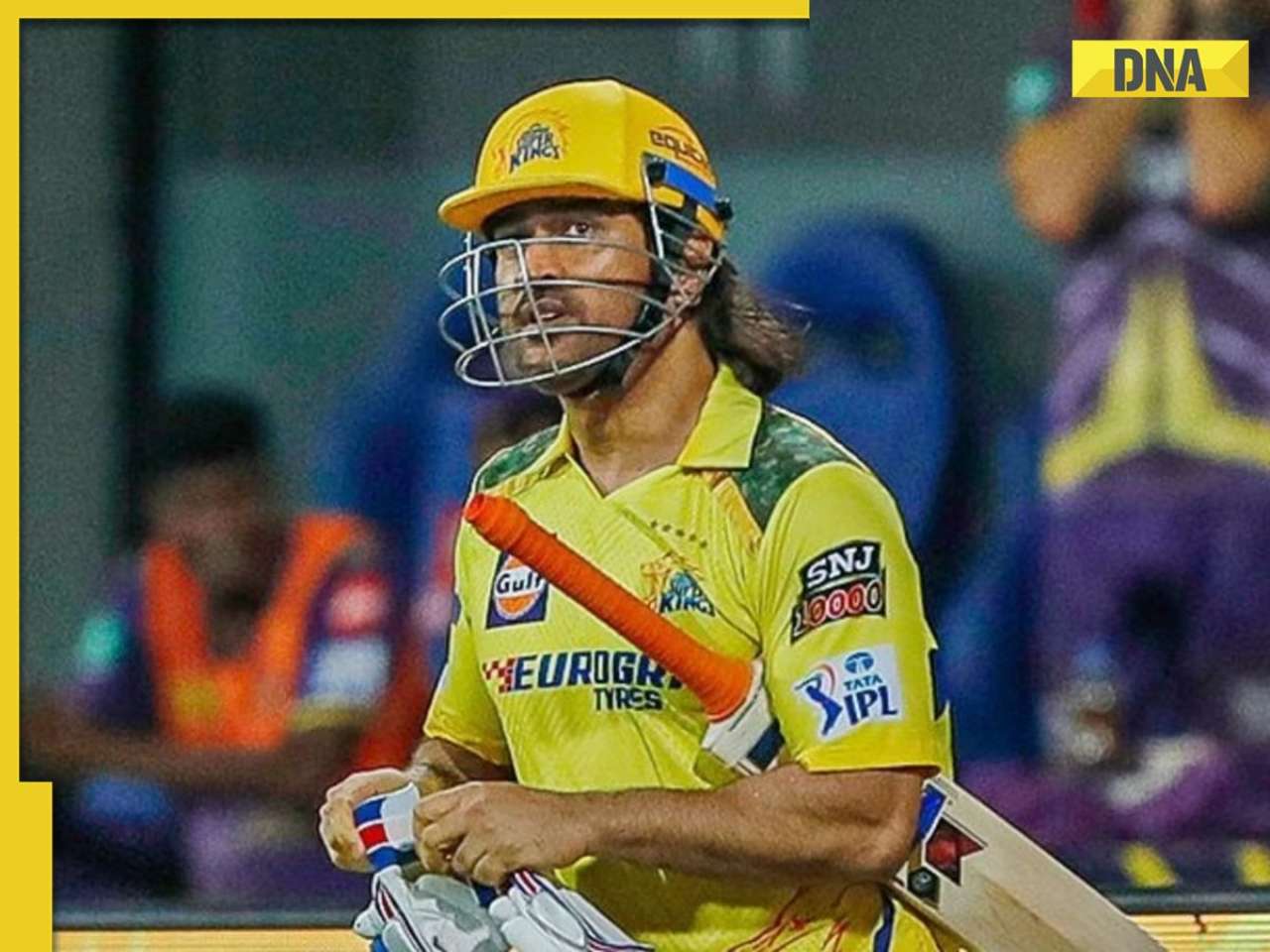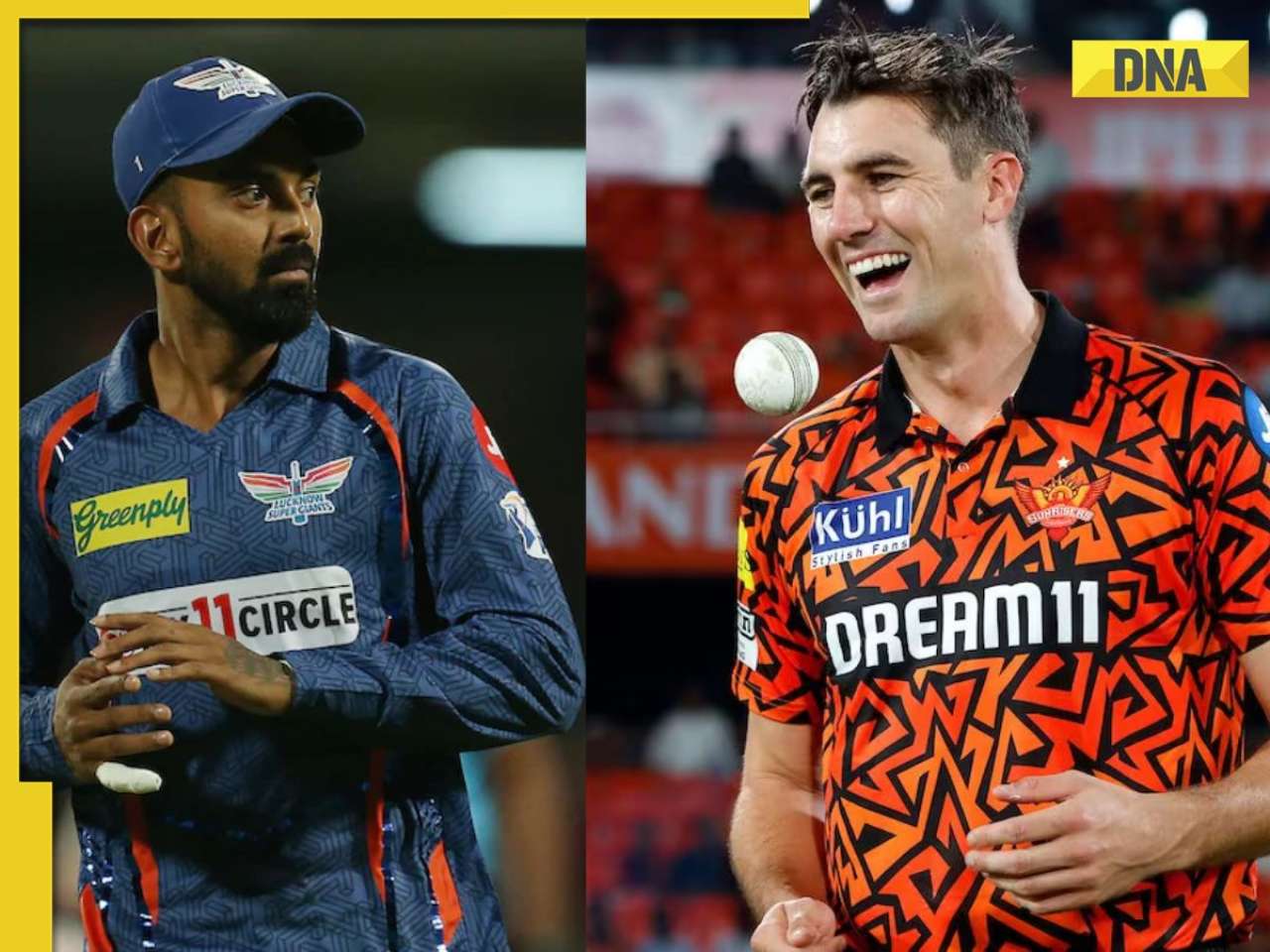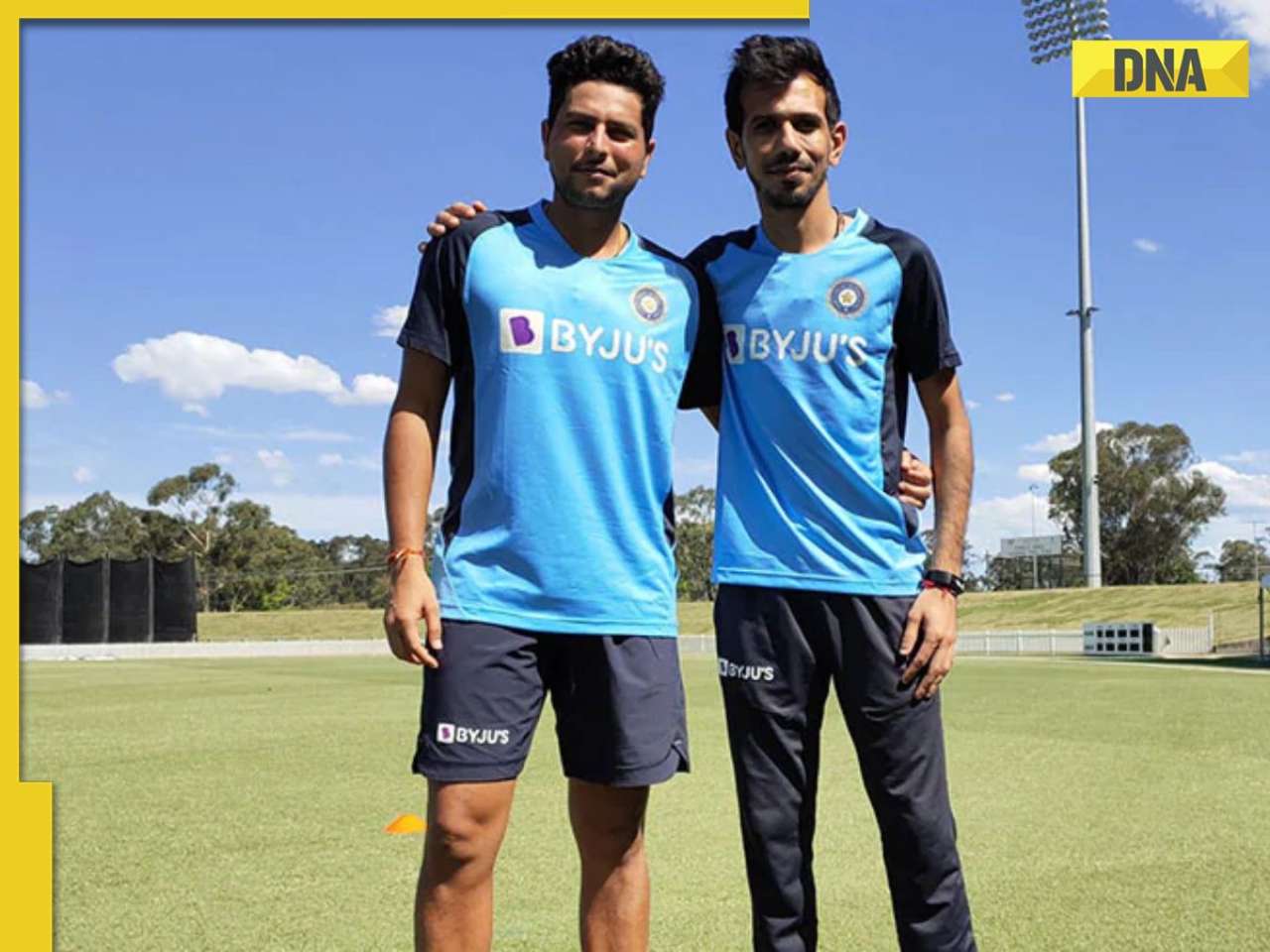David Frith takes us through the evolution of the quadrennial showpiece which has transformed into an awesome event in the last 35 years.
It is almost 35 years since the first World Cup was staged, and inevitably, there have been many changes in its pulse rate, its presentation, its size and its profitability.
In the first, which culminated in the classic Australia vs West Indies final at Lord’s in 1975, much of the excitement came from the very fact that this was the first and long-awaited global tournament.
Since then, in leaps and bounds, it has been transformed into an awesome event, with more countries taking part, more matches (too many, some would say), and astounding amounts of commercial funding piling up.
That first World Cup, which bore the sponsors’ name, Prudential Assurance, was played over 60 overs. It was given an extraordinary launch when India, under the captaincy of Venkataraghavan, replied to England’s 334 for 4 (Dennis Amiss 137) with a laughable 132 for 3, playing it like a Test match, as if they had not been told it was a limited-overs match. Sunil Gavaskar, who faced the first ball in India’s innings, made his point with a 36 not out spread over 174 balls, only one of which he hit to the boundary.
In 1979, the second World Cup was quite similar in many ways to the first, with eight teams and 15 matches. West Indies beat England in the final, Viv Richards whacking an unbeaten 138, and Boycott and Brearley taking too long over their first-wicket stand of 129 in reply. India struggled again, their loss to Sri Lanka being regarded as a shock result, for Sri Lanka were not yet a Test nation. Losses to West Indies and New Zealand suggested that one-day cricket was not India’s forte.
I, therefore, had to conclude that there must have been something alien about the nature of one-day cricket as far as India was concerned. Hence, the innocent remark in a Wisden Cricket Monthly preview of the third World Cup, that if India didn’t make an impression this time they might as well absent themselves from future World Cups. It was not that they were doing badly in Test cricket. They just didn’t seem to have any aptitude for the limited-overs cricket.
In an expanded programme (27 matches now), most will recall that the glorious unexpected came to pass in that summer of ‘83. Led by Kapil Dev, the Indian team were on their way to becoming all-time heroes as they beat West Indies, Zimbabwe twice, and Australia to win a place in the semifinals.
A well-controlled six-wicket victory over England then got them into the final, and the clear favourites, West Indies, were beaten by cool and canny cricket, the turning point coming when an over-confident pull by Viv Richards was caught by captain Kapil Dev, running across the Lord’s outfield. It was Kapil who had rescued his side from elimination in the group match against Zimbabwe at the beautiful Tunbridge Wells ground, where he went in at 9 for four (soon to be 17 for 5) and slammed a famous 175 not out.
This, then, was the most dramatic change over the first three World Cups: India were taking it seriously, planning accordingly, and forcing win after win. In that celebrated final, their top-scorer, Srikkanth, made only 38, but others chipped in to get the score up to 183, though we all expected Clive Lloyd’s men to roar past it without breaking much sweat. Yet, India’s unheralded bowlers plugged away and did the job.
The team hotel that night was in tumult as fans celebrated and the music throbbed. Kapil danced an elegant bhangra, and I swayed with it, for I was genuinely pleased.
The enlarged format was carried into the next World Cup, which was staged in India and Pakistan: 27 matches spread over 32 days and innings reduced from 60 to 50 overs. In the final, Allan Border’s Australians beat Mike Gatting’s England by seven runs on a memorable night at Eden Gardens. It was a wrong result as far as the hosts were concerned, as both had lost their semifinals, and local disappointment was very evident wherever one walked.
When the 1992 tournament was held in Australia and New Zealand, it expanded to 39 matches over 33 days and coloured clothing was introduced. Once more the preliminary matches tended to be forgotten soon after they had ended, and the semifinals and final tended to make an impression in the memory-bank. On a hot and humid night at the MCG, England went down by 22 runs to the late swing of Wasim Akram in particular, though captain Imran Khan was soon stating in the media room that “I have won the World Cup”. Meanwhile, England could still not rid themselves of a massive belief that they’d had Javed Miandad (58) lbw early in his innings.
An extra three countries took part in 1996, though its length was no greater. Sri Lanka provided the upset here on a steamy night in Lahore, beating Australians by seven wickets. Aravinda de Silva’s century saw them home. The conclusion came late in the night, and Shane Warne’s sweaty fingers failed him. But he would be back.
The tournament returned to England in 1999. The World Cup swelled again, now taking in 42 matches, the players’ and the public’s endurance being further tested. The creeping commercialism was noticeable all around. The eventual winners, Australia, seemed out of it, but won a sensational semifinal against South Africa when the last pair panicked and an unlikely run out saw them through at Edgbaston. Pakistan crumbled before Steve Waugh’s men in the final at Lord’s.
And all the while batsmen were trying to advance their thinking as bowlers endeavoured to devise new ways of stopping them from scoring in the shorter format. New and outrageous shots were invented, and bowlers explored reverse swing and then the teasing slow bouncer. As ever, the game was changing, even though it was still eleven against eleven over 22 yards.
India came so close in the 2003 World Cup, but the Australians were irresistible, the skipper, Ricky Ponting, himself smashing 140 not out in the final at Johannesburg, the elegant Damien Martyn stroking 88 not out almost unnoticed. The rain gave India some hope, but the Duckworth-Lewis equation never swayed sufficiently in their direction through the rain interruptions.
This time, the event dragged on for 43 days, the Super 6 matches following the early rounds, and a total of 54 matches — nearly four times the number of the first World Cup back in 1975. As for the sponsorship revenue of rand/pounds/dollars, one can only imagine how much of it piled up in the ICC coffers — and how it would be spent.
The most recent World Cup, in the Caribbean four years ago, stretched even further: a groaning 49 days. The organisation left much to be desired: ticket prices were too high for the locals, security was oppressive especially in respect of refreshments that spectators were taking into the grounds, and the final, when Australia completed a hat-trick of World Cup triumphs, finished in chaos as umpires and match referee failed to agree late at night just when the match was all over.
The impression given overall was that the International Cricket Council were delighted at the formidable revenue generated, and little else mattered. It caused some of us to yearn for the innocent 1970s, when the World Cup was finding its way. Had Gavaskar done now what he did at Lord’s in that inaugural match in 1975, one hates to think what the consequences might have been.
—David Frith witnessed the first eight World Cups, was editor of The Cricketer and Wisden Cricket
![submenu-img]() MBOSE 12th Result 2024: HSSLC Meghalaya Board 12th result declared, direct link here
MBOSE 12th Result 2024: HSSLC Meghalaya Board 12th result declared, direct link here![submenu-img]() Apple iPhone 14 at ‘lowest price ever’ in Flipkart sale, available at just Rs 10499 after Rs 48500 discount
Apple iPhone 14 at ‘lowest price ever’ in Flipkart sale, available at just Rs 10499 after Rs 48500 discount![submenu-img]() Meet man who left high-paying job, built Rs 2000 crore business, moved to village due to…
Meet man who left high-paying job, built Rs 2000 crore business, moved to village due to…![submenu-img]() Meet star, who grew up poor, identity was kept hidden from public, thought about suicide; later became richest...
Meet star, who grew up poor, identity was kept hidden from public, thought about suicide; later became richest...![submenu-img]() Watch: Ranbir Kapoor recalls 'disturbing' memory from his childhood in throwback viral video, says 'I was four years...'
Watch: Ranbir Kapoor recalls 'disturbing' memory from his childhood in throwback viral video, says 'I was four years...'![submenu-img]() DNA Verified: Is CAA an anti-Muslim law? Centre terms news report as 'misleading'
DNA Verified: Is CAA an anti-Muslim law? Centre terms news report as 'misleading'![submenu-img]() DNA Verified: Lok Sabha Elections 2024 to be held on April 19? Know truth behind viral message
DNA Verified: Lok Sabha Elections 2024 to be held on April 19? Know truth behind viral message![submenu-img]() DNA Verified: Modi govt giving students free laptops under 'One Student One Laptop' scheme? Know truth here
DNA Verified: Modi govt giving students free laptops under 'One Student One Laptop' scheme? Know truth here![submenu-img]() DNA Verified: Shah Rukh Khan denies reports of his role in release of India's naval officers from Qatar
DNA Verified: Shah Rukh Khan denies reports of his role in release of India's naval officers from Qatar![submenu-img]() DNA Verified: Is govt providing Rs 1.6 lakh benefit to girls under PM Ladli Laxmi Yojana? Know truth
DNA Verified: Is govt providing Rs 1.6 lakh benefit to girls under PM Ladli Laxmi Yojana? Know truth![submenu-img]() Alia Bhatt wears elegant saree made by 163 people over 1965 hours to Met Gala 2024, fans call her ‘princess Jasmine’
Alia Bhatt wears elegant saree made by 163 people over 1965 hours to Met Gala 2024, fans call her ‘princess Jasmine’![submenu-img]() Jr NTR-Lakshmi Pranathi's 13th wedding anniversary: Here's how strangers became soulmates
Jr NTR-Lakshmi Pranathi's 13th wedding anniversary: Here's how strangers became soulmates![submenu-img]() Streaming This Week: Heeramandi, Shaitaan, Manjummel Boys, latest OTT releases to binge-watch
Streaming This Week: Heeramandi, Shaitaan, Manjummel Boys, latest OTT releases to binge-watch![submenu-img]() Remember Ayesha Kapur? Michelle from Black, here's how actress, nutrition coach, entrepreneur looks after 19 years
Remember Ayesha Kapur? Michelle from Black, here's how actress, nutrition coach, entrepreneur looks after 19 years![submenu-img]() Remember Heyy Babyy's cute 'Angel' Juanna Sanghvi? 20 year-old looks unrecognisable now, fans say 'her comeback will...'
Remember Heyy Babyy's cute 'Angel' Juanna Sanghvi? 20 year-old looks unrecognisable now, fans say 'her comeback will...'![submenu-img]() Haryana Political Crisis: Will 3 independent MLAs support withdrawal impact the present Nayab Saini led-BJP government?
Haryana Political Crisis: Will 3 independent MLAs support withdrawal impact the present Nayab Saini led-BJP government?![submenu-img]() DNA Explainer: Why Harvey Weinstein's rape conviction was overturned, will beleaguered Hollywood mogul get out of jail?
DNA Explainer: Why Harvey Weinstein's rape conviction was overturned, will beleaguered Hollywood mogul get out of jail?![submenu-img]() What is inheritance tax?
What is inheritance tax?![submenu-img]() DNA Explainer: What is cloud seeding which is blamed for wreaking havoc in Dubai?
DNA Explainer: What is cloud seeding which is blamed for wreaking havoc in Dubai?![submenu-img]() DNA Explainer: What is Israel's Arrow-3 defence system used to intercept Iran's missile attack?
DNA Explainer: What is Israel's Arrow-3 defence system used to intercept Iran's missile attack?![submenu-img]() Meet star, who grew up poor, identity was kept hidden from public, thought about suicide; later became richest...
Meet star, who grew up poor, identity was kept hidden from public, thought about suicide; later became richest...![submenu-img]() Watch: Ranbir Kapoor recalls 'disturbing' memory from his childhood in throwback viral video, says 'I was four years...'
Watch: Ranbir Kapoor recalls 'disturbing' memory from his childhood in throwback viral video, says 'I was four years...'![submenu-img]() This superstar was in love with Muslim actress, was about to marry her, relationship ruined after death threats from..
This superstar was in love with Muslim actress, was about to marry her, relationship ruined after death threats from..![submenu-img]() Meet Madhuri Dixit’s lookalike, who worked with Akshay Kumar, Govinda, quit films at peak of career, is married to…
Meet Madhuri Dixit’s lookalike, who worked with Akshay Kumar, Govinda, quit films at peak of career, is married to… ![submenu-img]() Meet former beauty queen who competed with Aishwarya, made debut with a superstar, quit acting to become monk, is now..
Meet former beauty queen who competed with Aishwarya, made debut with a superstar, quit acting to become monk, is now..![submenu-img]() IPL 2024: Jake Fraser-McGurk, Abishek Porel power DC to 20-run win over RR
IPL 2024: Jake Fraser-McGurk, Abishek Porel power DC to 20-run win over RR![submenu-img]() SRH vs LSG, IPL 2024: Predicted playing XI, live streaming details, weather and pitch report
SRH vs LSG, IPL 2024: Predicted playing XI, live streaming details, weather and pitch report![submenu-img]() IPL 2024: Here’s why CSK star MS Dhoni batted at No.9 against PBKS
IPL 2024: Here’s why CSK star MS Dhoni batted at No.9 against PBKS![submenu-img]() SRH vs LSG IPL 2024 Dream11 prediction: Fantasy cricket tips for Sunrisers Hyderabad vs Lucknow Super Giants
SRH vs LSG IPL 2024 Dream11 prediction: Fantasy cricket tips for Sunrisers Hyderabad vs Lucknow Super Giants![submenu-img]() Watch: Kuldeep Yadav, Yuzvendra Chahal team up for hilarious RR meme, video goes viral
Watch: Kuldeep Yadav, Yuzvendra Chahal team up for hilarious RR meme, video goes viral![submenu-img]() Not Alia Bhatt or Isha Ambani but this Indian CEO made heads turn at Met Gala 2024, she is from...
Not Alia Bhatt or Isha Ambani but this Indian CEO made heads turn at Met Gala 2024, she is from...![submenu-img]() Man makes Lord Hanuman co-litigant in plea, Delhi High Court asks him to pay Rs 100000…
Man makes Lord Hanuman co-litigant in plea, Delhi High Court asks him to pay Rs 100000…![submenu-img]() Four big dangerous asteroids coming toward Earth, but the good news is…
Four big dangerous asteroids coming toward Earth, but the good news is…![submenu-img]() Isha Ambani's Met Gala 2024 saree gown was created in over 10,000 hours, see pics
Isha Ambani's Met Gala 2024 saree gown was created in over 10,000 hours, see pics![submenu-img]() Indian-origin man says Apple CEO Tim Cook pushed him...
Indian-origin man says Apple CEO Tim Cook pushed him...

















































)
)
)
)
)
)